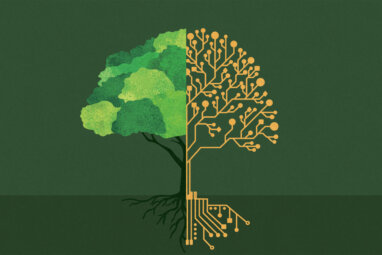What to Expect From Artificial Intelligence
To understand how advances in artificial intelligence are likely to change the workplace — and the work of managers — you need to know where AI delivers the most value.
Topics
Major technology companies such as Apple, Google, and Amazon are prominently featuring artificial intelligence (AI) in their product launches and acquiring AI-based startups. The flurry of interest in AI is triggering a variety of reactions — everything from excitement about how the capabilities will augment human labor to trepidation about how they will eliminate jobs. In our view, the best way to assess the impact of radical technological change is to ask a fundamental question: How does the technology reduce costs? Only then can we really figure out how things might change.
To appreciate how useful this framing can be, let’s review the rise of computer technology through the same lens. Moore’s law, the long-held view that the number of transistors on an integrated circuit doubles approximately every two years, dominated information technology until just a few years ago. What did the semiconductor revolution reduce the cost of? In a word: arithmetic.
This answer may seem surprising since computers have become so widespread. We use them to communicate, play games and music, design buildings, and even produce art. But deep down, computers are souped-up calculators. That they appear to do more is testament to the power of arithmetic. The link between computers and arithmetic was clear in the early days, when computers were primarily used for censuses and various military applications. Before semiconductors, “computers” were humans who were employed to do arithmetic problems. Digital computers made arithmetic inexpensive, which eventually resulted in thousands of new applications for everything from data storage to word processing to photography.
AI presents a similar opportunity: to make something that has been comparatively expensive abundant and cheap. The task that AI makes abundant and inexpensive is prediction — in other words, the ability to take information you have and generate information you didn’t previously have. In this article, we will demonstrate how improvement in AI is linked to advances in prediction. We will explore how AI can help us solve problems that were not previously prediction oriented, how the value of some human skills will rise while others fall, and what the implications are for managers. Our speculations are informed by how technological change has affected the cost of previous tasks, allowing us to anticipate how AI may affect what workers and managers do.






Comments (7)
megumi chakma
Theunis Van Niekerk
Michael Zeldich
Jose Miguel Rodriguez
leedudka
Nik Zafri Abdul Majid
Manu Sharma